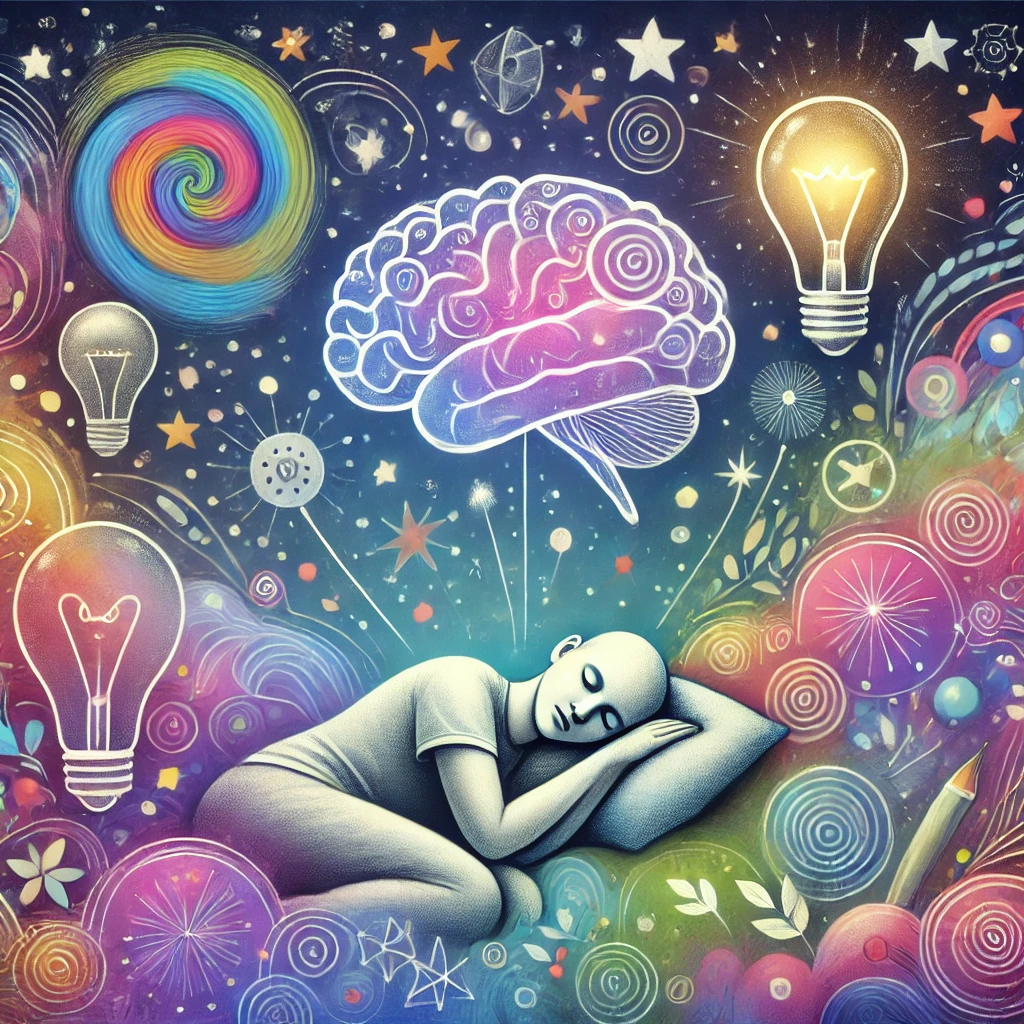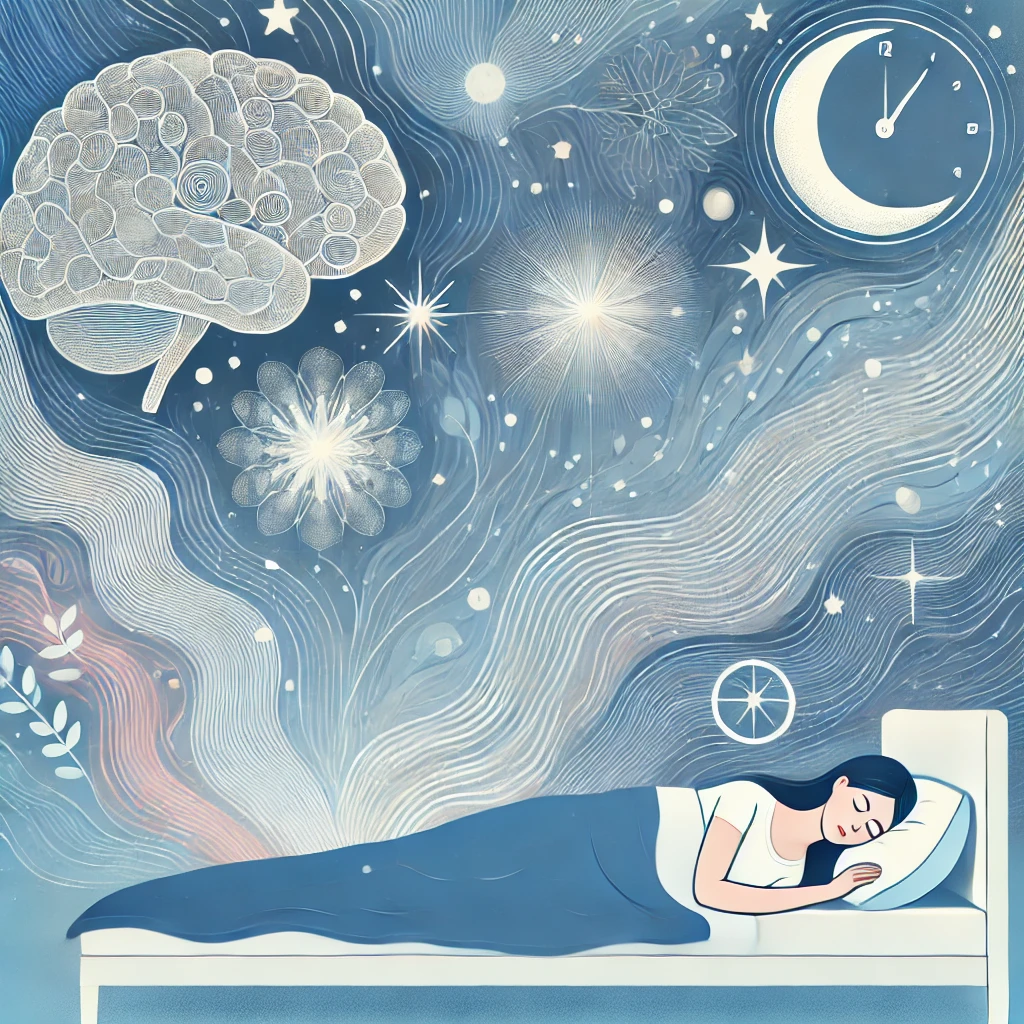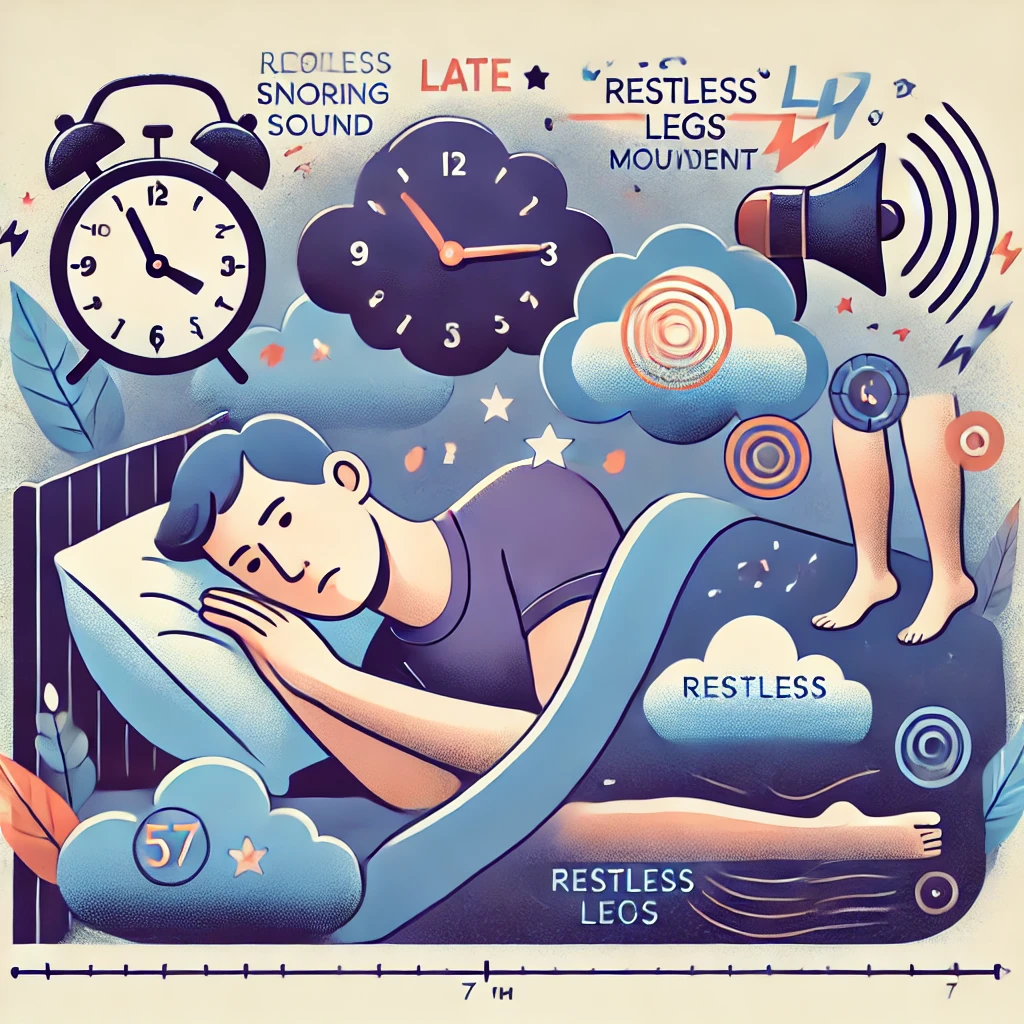Did you know that your most creative ideas might come while you’re fast asleep? Rapid Eye Movement (REM) sleep, the stage of sleep where vivid dreaming occurs, plays a crucial role in fostering creativity and problem-solving. Here’s how REM sleep boosts your creative potential:
Enhances Emotional Memory Processing
REM sleep helps process emotional experiences, allowing your brain to connect seemingly unrelated ideas. This emotional integration often sparks novel insights and creative solutions.
Strengthens Associative Thinking
During REM sleep, the brain forms connections between disparate pieces of information, a key component of creativity. Dreaming often reflects this process, blending unrelated concepts into imaginative scenarios.
Encourages Problem-Solving
Studies show that people who dream about a task or problem are more likely to find creative solutions upon waking. REM sleep promotes “out-of-the-box” thinking by activating regions of the brain associated with abstract reasoning.
Recharges Cognitive Flexibility
REM sleep restores mental agility, enabling you to approach challenges from new perspectives. This flexibility is essential for creative thinking and innovation.
Inspires Through Dreams
Dreams during REM sleep often provide direct inspiration for art, writing, and other creative endeavors. Many famous works, from scientific discoveries to artistic masterpieces, were inspired by dreams.
How to Maximize REM Sleep for Creativity
- Stick to a Consistent Sleep Schedule: Regular sleep patterns help ensure you get enough REM sleep.
- Create a Relaxing Bedtime Routine: Reduce stress before bed to enhance sleep quality.
- Limit Alcohol and Caffeine: Both can interfere with REM sleep cycles.
- Journal Your Dreams: Capture creative ideas and inspirations from your dreams.
Unlocking your creative potential starts with a good night’s sleep. By prioritizing REM sleep, you’re not just improving your health—you’re fueling your imagination.



